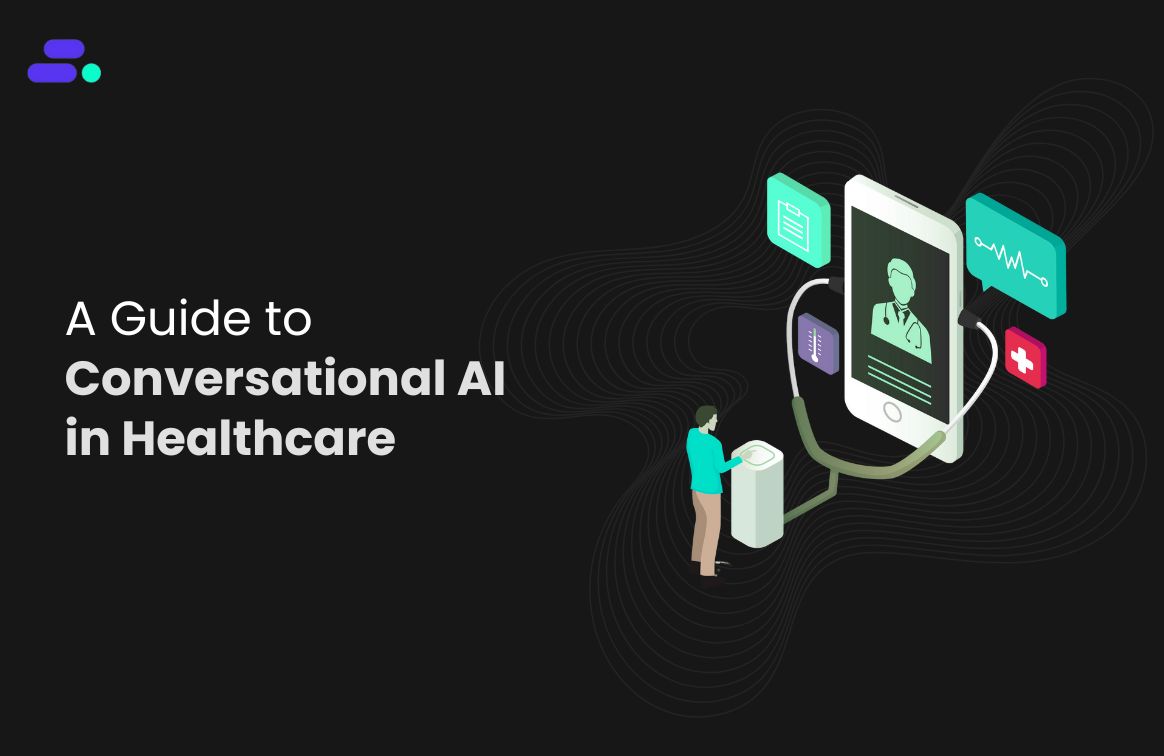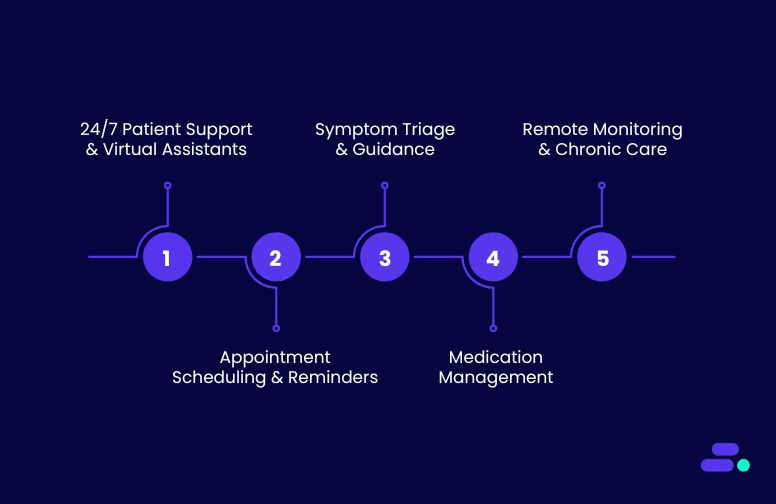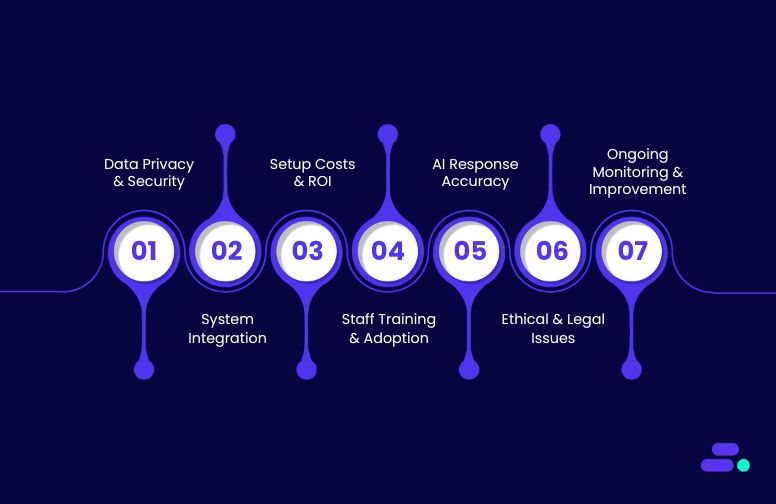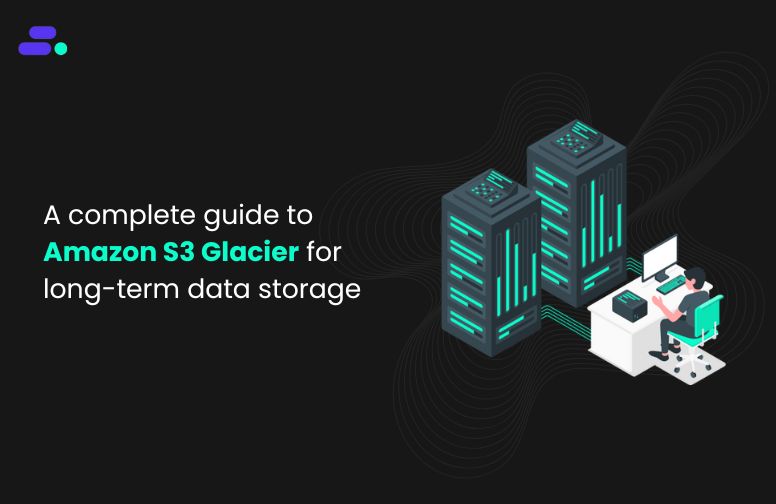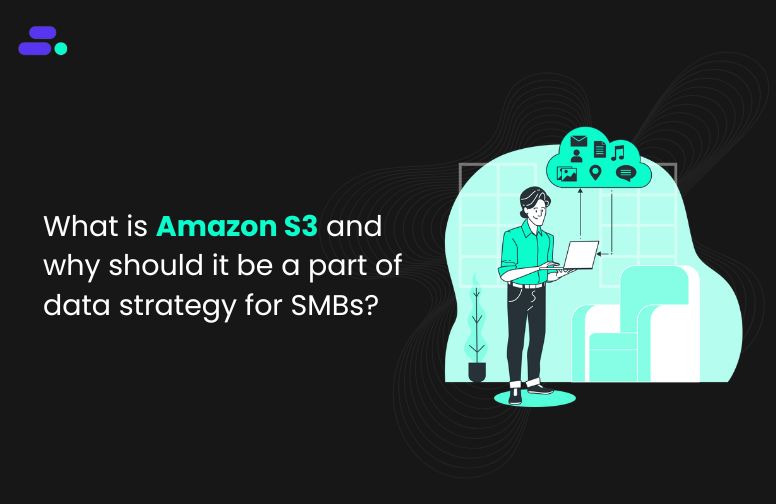This is a div block with a Webflow interaction that will be triggered when the heading is in the view.

Modernize your cloud. Maximize business impact.
Handling documents manually is slow, frustrating, and full of mistakes, especially for businesses dealing with invoices, contracts, and forms from multiple sources. That’s where intelligent document processing (IDP) comes in. By using AI to automatically read, classify, and validate documents, IDP turns messy data into accurate, ready-to-use information.
Take a small accounting firm processing hundreds of client invoices every day. Staff spend hours typing in amounts, dates, and client details, and mistakes inevitably happen. Payments get delayed, clients get frustrated, and valuable time is wasted. With IDP, AI-powered optical character recognition (OCR) and automated checks capture and organize invoice data instantly, cutting errors and freeing the team to focus on meaningful work.
This article looks at why reducing manual errors is so important for SMBs and explores practical IDP strategies that make document workflows faster, smoother, and more reliable.
Key takeaways:
- Intelligent document processing automates extraction, classification, and routing, drastically reducing manual errors and saving time.
- AI-powered OCR and validation ensure accurate data capture from diverse document formats, including handwritten or scanned files.
- Integration with ERP, CRM, and accounting systems eliminates duplicate entry and maintains consistent workflows across the business.
- Continuous learning models improve accuracy over time, adapting to new document types and evolving business needs.
- Cloudtech helps SMBs implement IDP efficiently, providing hands-on setup, workflow orchestration, and governance to make data reliable and actionable.
Why is reducing manual errors important for SMBs?
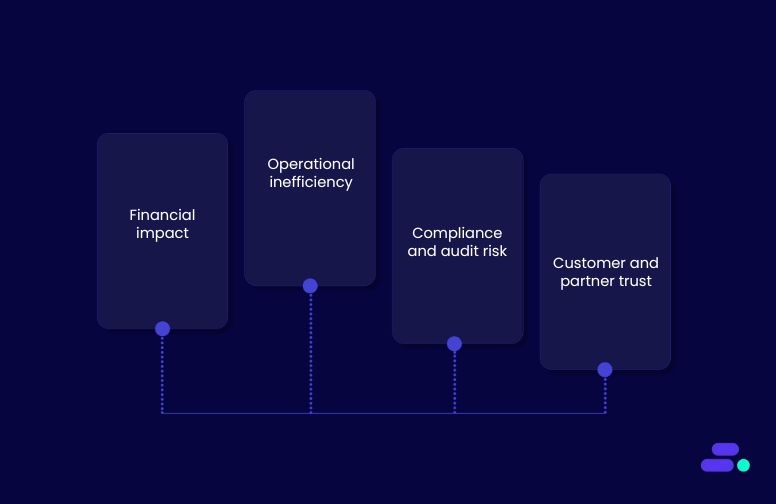
Manual errors in document handling are more than just minor inconveniences. They can ripple across business operations, impacting finances, compliance, and customer trust.
For SMBs, which often operate with lean teams and tight margins, the consequences of mistakes are magnified. One misentered invoice, mislabeled contract, or incorrect client record can lead to payment delays, regulatory penalties, or reputational damage.
The stakes for SMBs:
- Financial impact: Inaccurate data in invoices, purchase orders, or expense reports can result in underpayments, overpayments, or missed revenue. These errors directly affect cash flow and profitability.
- Operational inefficiency: Staff spend extra hours correcting mistakes, manually cross-checking documents, or re-entering data, reducing time available for strategic tasks.
- Compliance and audit risk: Industries like finance, healthcare, and logistics require accurate documentation for audits and regulatory reporting. Errors in records can trigger penalties or compliance breaches.
- Customer and partner trust: Repeated errors in contracts, shipments, or billing can erode confidence, leading to lost clients or strained supplier relationships.
Reducing manual errors through IDP enables SMBs not only to prevent costly mistakes but also streamline workflows, improve decision-making, and free employees to focus on higher-value activities.

Intelligent document processing strategies for reducing manual errors
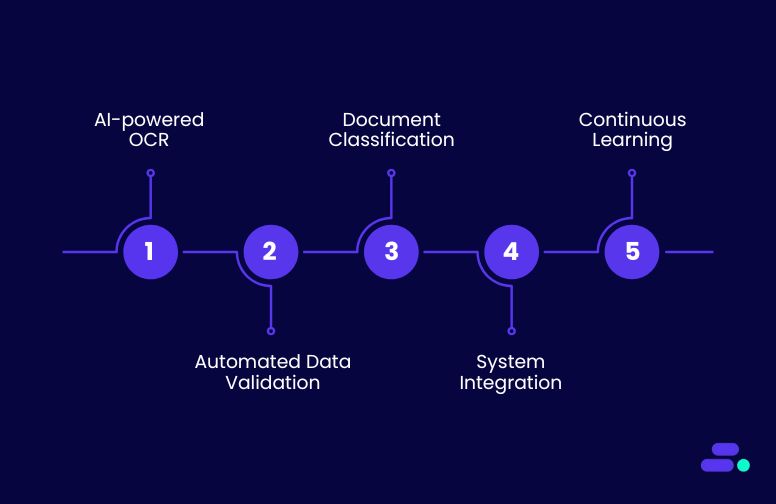
As volumes of invoices, contracts, forms, and customer records increase, the risk of mistakes multiplies, slowing operations and creating costly downstream errors. IDP provides a structured approach to automate these repetitive tasks, ensuring that data is captured accurately, organized consistently, and ready for analytics or business workflows.
Following IDP strategies isn’t just about technology, it’s about embedding reliability into daily operations. By standardizing how documents are processed, validating information automatically, and integrating systems end-to-end, SMBs can scale without proportionally increasing labor or error rates. This creates a foundation for faster decision-making, higher customer trust, and more efficient growth.
1. AI-powered optical character recognition (OCR)
AI-driven OCR leverages machine learning to accurately extract text from scanned documents, PDFs, and images, going beyond the limitations of traditional rule-based OCR. Modern AI models can handle handwriting, complex layouts, and multi-language documents, making it ideal for SMBs processing diverse document types at scale.
By converting unstructured content into structured, machine-readable data, organizations can immediately feed information into downstream systems without manual re-entry.
How this reduces mistakes:
- Eliminates manual transcription errors: By automatically reading and digitizing text, human typos or misinterpretations are avoided, especially for critical fields like invoice numbers, account IDs, or dates.
- Preserves contextual accuracy: AI models recognize tables, forms, and headers, ensuring that numbers, labels, and metadata remain correctly associated and reducing misalignment errors.
- Handles variability in documents: Machine learning adapts to different formats, fonts, and handwriting styles, preventing the common errors that occur when manually interpreting diverse document layouts.
Application: Tools like Amazon Textract enable SMBs to automatically detect and extract structured elements from invoices, purchase orders, contracts, or handwritten forms. This structured output can then be routed into ERP, accounting, or CRM systems, eliminating the need for repetitive manual data entry and reducing error propagation across business processes.
2. Automated data validation and verification
Automated validation ensures that extracted data is checked in real time against predefined rules, business logic, or trusted external datasets. This step is critical for SMBs processing high volumes of invoices, forms, or customer records, where even small errors can cascade into compliance issues, accounting discrepancies, or operational inefficiencies.
By embedding verification into the workflow, businesses can catch mistakes immediately before they affect downstream systems.
How this reduces mistakes:
- Prevents propagation of incorrect data: Validation rules immediately flag entries that don’t meet expected formats or ranges, stopping errors from entering ERP, CRM, or reporting systems.
- Cross-checks against authoritative sources: Integrating with external databases or internal master records ensures fields like tax IDs, account numbers, or pricing match trusted references.
- Reduces human intervention errors: Automating verification removes the need for repetitive manual checks, lowering the risk of oversight or fatigue-related mistakes.
Application: AWS services like AWS Lambda can run lightweight validation functions in real time, while Amazon DynamoDB can serve as a high-speed reference store for master data.
For example, when processing invoices, Lambda functions can validate vendor tax IDs, product codes, and total amounts against DynamoDB or external APIs, automatically flagging discrepancies for review. This ensures that only accurate, verified data flows into financial and operational systems, saving time and minimizing costly errors.

3. Document classification and intelligent routing
Intelligent document classification organizes incoming documents such as invoices, contracts, or customer forms into categories automatically and routes them to the appropriate team or workflow.
For SMBs handling diverse document types, this reduces bottlenecks, prevents misplacement, and ensures operational efficiency. By using AI to interpret content, businesses eliminate reliance on manual judgment and accelerate document processing.
How this reduces mistakes:
- Prevents misrouting: Automatically assigns documents to the correct team or workflow based on content, avoiding delays and errors from human sorting.
- Maintains consistency: Standardized classification ensures similar documents are treated uniformly, reducing variance in processing outcomes.
- Minimizes human oversight: Eliminates errors caused by fatigue, misreading, or inconsistent categorization by staff.
Application: AWS services such as Amazon Comprehend can perform natural language understanding to detect document types, keywords, and context, while Amazon Step Functions orchestrates workflow automation to route each document to the correct processing queue.
For example, incoming vendor invoices are classified and automatically routed to accounts payable, ensuring timely approval and accurate financial records, without requiring staff to manually review and sort hundreds of documents daily.
4. Integration with business systems
Connecting intelligent document processing pipelines directly to ERP, CRM, or accounting systems ensures that extracted and validated data flows seamlessly into the tools SMBs rely on daily. This prevents repetitive manual data entry, reduces reconciliation work, and ensures information remains consistent across all systems.
By embedding integration into the IDP workflow, businesses achieve faster, more reliable operations and minimize errors caused by human handling.
How this reduces mistakes:
- Eliminates duplicate entry: Automated transfer of validated data prevents repeated typing or copy-paste errors.
- Ensures consistency across systems: Integrated pipelines maintain uniform data formats and values in ERP, CRM, or accounting software.
- Reduces reconciliation efforts: Fewer mismatches between systems mean less manual intervention and correction, freeing teams for higher-value tasks.
Application: AWS tools such as Amazon AppFlow enable low-code integration to sync processed documents directly with platforms like Salesforce, QuickBooks, or SAP. Alternatively, custom APIs can be developed to push validated data into legacy or specialized systems.
For example, once an invoice is processed via Amazon Textract and validated with Lambda functions, AppFlow automatically updates the corresponding record in the accounting system, ensuring accurate financial reporting and eliminating hours of manual data entry.
5. Continuous learning and feedback loops
Intelligent document processing systems become more accurate when they learn from past errors and user corrections. By incorporating feedback loops, AI models can adapt to new document formats, handwriting styles, or exceptions, reducing repeated mistakes over time.
This approach ensures SMBs’ IDP pipelines remain effective even as business needs and document types evolve.
How this reduces mistakes:
- Adapts to new formats: Models update automatically to handle new invoice layouts, forms, or content types.
- Minimizes repeated errors: Corrections made by users feed back into the system, preventing the same mistakes from recurring.
- Enhances classification and extraction accuracy: Continuous retraining improves the precision of text extraction, data validation, and document routing.
Application: AWS Amazon SageMaker allows SMBs to retrain machine learning models on corrected datasets. For instance, if an extracted invoice field is flagged as incorrect, the corrected data can be fed back into SageMaker to refine the OCR and classification models. Over time, the system requires less human intervention, ensures higher data accuracy, and accelerates document processing workflows.

AWS tools provide the foundation for accurate and efficient document processing, but real-world success requires experience and strategy. Cloudtech, as an AWS Advanced Tier Partner, combines certified expertise with SMB-focused solutions to ensure IDP pipelines extract, validate, and deliver data reliably.
How does Cloudtech help SMBs implement intelligent document processing?
Working with an AWS partner brings more than access to cloud tools. It provides certified expertise, proven frameworks, and guidance tailored to business needs. For SMBs implementing intelligent document processing, this means faster deployment, fewer errors, and smoother integration with existing systems.
Cloudtech stands out by combining deep AWS knowledge with an SMB-first approach. It designs lean, scalable IDP solutions that fit tight budgets and evolving workflows, ensures every pipeline is secure and compliant, and provides ongoing support to refine AI models over time.
Key Cloudtech services for IDP:
- IDP workflow assessment: Reviews document-heavy workflows to identify where manual errors occur, what documents need automation, and the most impactful areas to target for AI-driven extraction and validation.
- Document extraction and classification pipelines: Uses Amazon Textract for OCR, Amazon Comprehend for content understanding, and AWS Step Functions for orchestrating extraction, validation, and routing, ensuring documents are processed accurately and consistently.
- Integration with business systems: Connects automated pipelines to ERP, CRM, and accounting platforms via Amazon AppFlow or custom APIs, eliminating duplicate entry and ensuring validated data flows seamlessly into business applications.
- AI model training and continuous improvement: Prepares datasets and retrains AI models in Amazon SageMaker, allowing the system to learn from corrections, adapt to new formats, and continually improve extraction and classification accuracy.
With these services, Cloudtech enables SMBs to minimize manual errors, improve operational efficiency, and generate accurate, actionable insights from their documents, all without requiring large IT teams or enterprise-grade overhead.
See how other SMBs have modernized, scaled, and thrived with Cloudtech’s support →

Wrapping up
Intelligent document processing is all about creating reliable, error-free workflows that let SMBs handle critical documents at scale. By combining AI-driven extraction, smart validation, and seamless system integration, businesses can ensure that data is accurate, actionable, and ready for analytics or decision-making.
Partnering with an AWS expert like Cloudtech adds real value. Cloudtech helps SMBs implement IDP solutions that are tailored, scalable, and easy to manage, ensuring pipelines stay efficient and compliant while adapting to evolving business needs.
With Cloudtech, SMBs gain a trusted framework for transforming document-heavy operations into precise, automated processes. Connect with Cloudtech today!
FAQs
1. What types of documents can SMBs process with intelligent document processing?
IDP can handle a wide variety of document formats including invoices, receipts, contracts, forms, and handwritten notes. By automating extraction and classification, SMBs can process documents consistently regardless of source or structure.
2. How does intelligent document processing adapt to evolving business needs?
Modern IDP systems use machine learning models that improve over time, learning from corrections and exceptions. This enables SMBs to handle new document templates, formats, or content types without reconfiguring workflows.
3. Can small teams manage IDP without dedicated IT staff?
Yes. With prebuilt AWS services like Textract, Comprehend, and Step Functions, SMBs can implement IDP pipelines with minimal coding. Cloudtech further simplifies deployment by providing hands-on setup, monitoring, and training tailored for lean teams.
4. Does intelligent document processing support compliance and auditing?
IDP can be configured to track document changes, capture processing logs, and maintain audit trails. This helps SMBs meet regulatory requirements, ensure traceability, and reduce risk in industries like finance, healthcare, and legal services.
5. How does IDP improve collaboration across departments?
By automatically classifying and routing documents to the right teams, IDP ensures the right stakeholders get access to accurate information quickly. This reduces miscommunication, eliminates manual handoffs, and accelerates workflows.

Get started on your cloud modernization journey today!
Let Cloudtech build a modern AWS infrastructure that’s right for your business.
